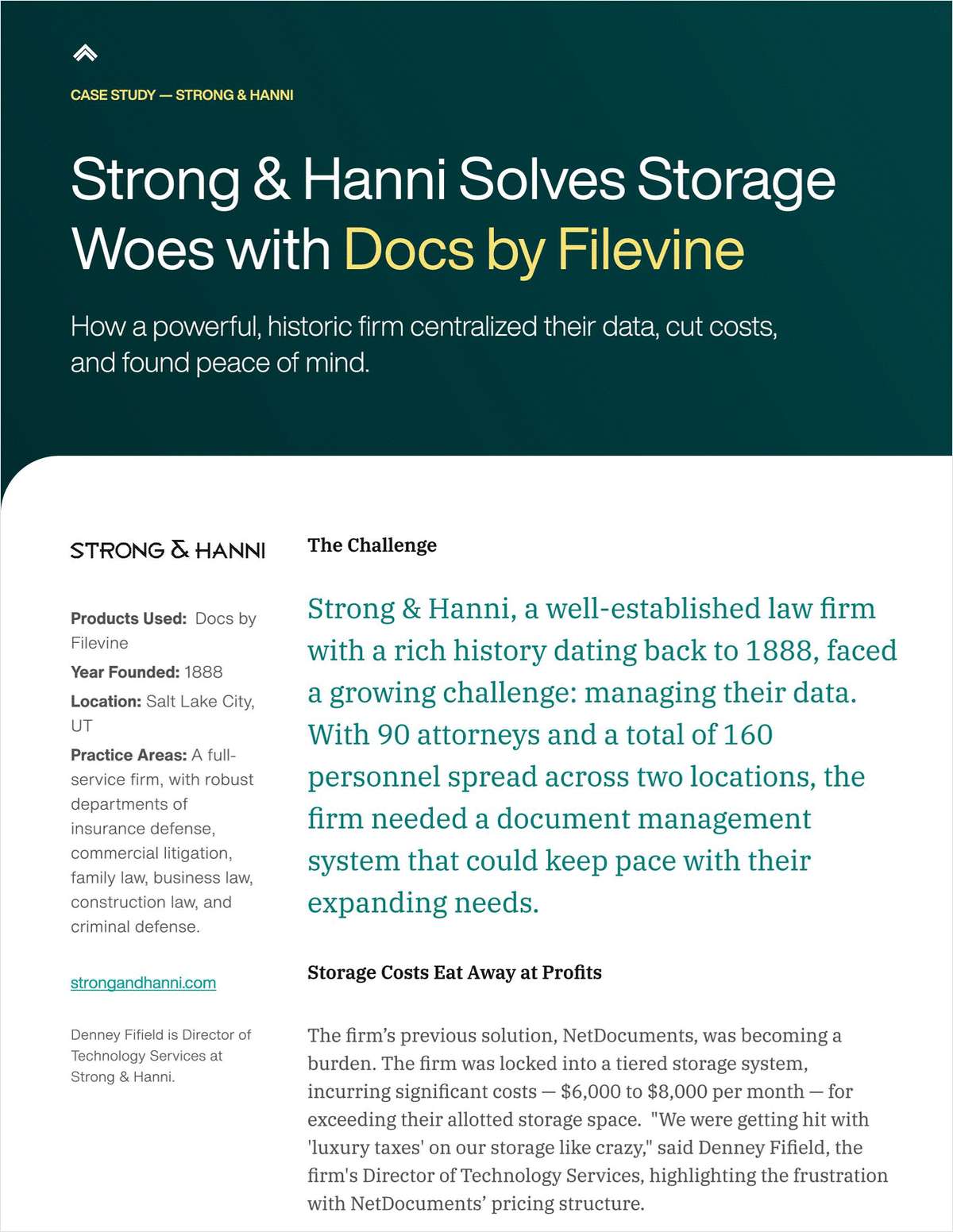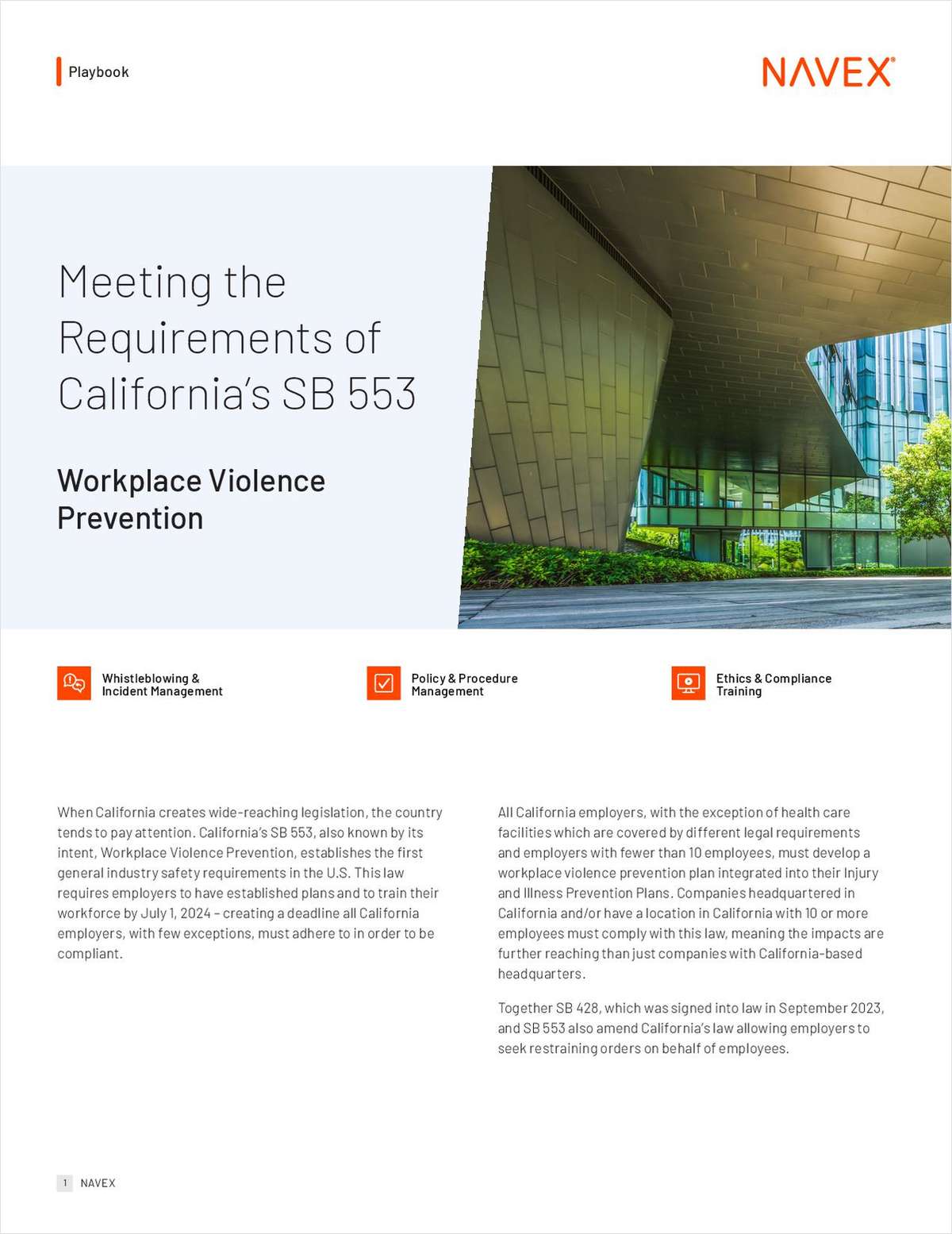 Johnson & Johnson's baby powder. Photo Credit: Flickr
Johnson & Johnson's baby powder. Photo Credit: FlickrThis Judge in Deadlocked Talc Trial Tried Everything to Get a Verdict, Transcripts Show
At times against the objections of the lawyers, particularly for the defense, Los Angeles Superior Court Judge Margaret Oldendorf interviewed jurors, reiterated jury instructions, ordered more oral arguments and replaced a juror with an alternate.
September 26, 2018 at 04:11 PM
9 minute read
The original version of this story was published on The Recorder
From the start of deliberations, the jury in a high-profile talcum powder trial against Johnson & Johnson last week was deadlocked.
On the fourth day, Los Angeles Superior Court Judge Margaret Oldendorf brought each juror into the courtroom, one at a time. She asked if everyone was participating in the deliberations. Some said they were. Others said there was one juror who was not.
After much deliberation of her own, the judge replaced the juror.
“I'll be honest with you. I've never been in quite this situation before. It's a tough, tough judgment call,” she told the lawyers, according to transcripts. “And I think that in fairness, everybody deserves, win, lose or draw, to have 12 people who are actually participating.”
In the end, it was a draw. On Monday, the jury said it was still deadlocked. Oldendorf declared a mistrial.
But it was not for want of trying. Transcripts show that Oldendorf used a lot of tools to avoid a mistrial: She interviewed jurors, reiterated jury instructions, ordered more oral arguments and replaced a juror with an alternate. Her actions didn't come without pushback, particularly from Johnson & Johnson attorney Christopher Vejnoska of Orrick, Herrington & Sutcliffe.
“I totally understand what the court is trying to do here, but at a certain point we can't just do anything and everything to try to get a verdict,” he told the judge.
The trial was the sixth to allege Johnson & Johnson's baby powder caused someone to get mesothelioma. Previous juries had come out with verdicts of $25.75 million and $117 million for the plaintiffs, a defense verdict and two mistrials.
The jury first heard opening statements on Aug. 20. The trial focused heavily on the science behind talcum powder and asbestos, known to cause mesothelioma. It also focused on plaintiff Carolyn Weirick's mesothelioma, a type of lung cancer she was diagnosed with last year.
Johnson & Johnson wasn't the only defendant in the case. But on Sept. 14, after Vejnoska had completed Johnson & Johnson's closing arguments, talc supplier Imerys Talc America Inc. reached a settlement. Vejnoska, a San Francisco partner at Orrick, immediately moved for a mistrial, calling the timing “disturbing” and a “manipulation of the record,” according to transcripts. He argued that one of the settlement's provisions—that Imerys not make a closing argument—would prejudice his client because it would leave unrebutted evidence in the record.
Weirick's attorney, Jay Stuemke, a shareholder at Simon Greenstone & Panatier in Dallas, called that argument “farfetched,” insisting that the settlement's timing was a “matter of trial strategy,” not manipulation, according to transcripts.
Oldendorf acknowledged it was “an extraordinary situation” but denied the mistrial motion—the first of four unsuccessful mistrials that Vejnoska tried to get last week.
The jury began deliberating on the afternoon of Sept. 17. On the second day, Sept. 18, the jury sent a note to the judge saying they were deadlocked at 7-5. Oldendorf gave jurors the California version of the Allen charge, encouraging them to go back and deliberate some more.
On the morning of the third day, Sept. 19, she called the jury in to ask them what might help break the impasse. Their answers, which focused on the evidence and burden of proof, prompted her to read jury instructions again and call the lawyers back to the courtroom to give additional closing arguments of 15 minutes each. Oldendorf, who said she had been a juror herself, also offered suggestions, such as switching the foreperson or roleplaying.
On the morning of the fourth day, Sept. 20, Oldendorf called the foreperson in. She learned that, while gathered outside that morning, the foreperson had asked her judicial assistant something about replacing a juror.
When questioned, the foreperson explained: “Are we allowed to bring the alternates in and then try to get a bigger pool to get a 75 percent vote?”
He told her there was one juror who refused to deliberate.
“Well, pretty much from the beginning she—pretty much from the beginning that person was just like, 'I don't want to talk about anything. You're not going to change my mind,' and then just sits in the corner,” the foreperson said.
To get to the bottom of it, Oldendorf had each juror come into her chambers, one by one, with the lawyers able to listen. Vejnoska renewed his motion for mistrial, objecting to the whole process as unnecessary.
“This is so tough,” Oldendorf told the lawyers. “I think I need to try to identify this now because of the passage of time, and it's always hard. You just have to be very careful about how to do it.”
To each juror, she emphasized that she didn't want to know which way they were leaning —just whether they felt the deliberations were fair. Some said it was. Others said there was at least one juror who had just made up her mind and refused to explain her position further. Her participation, they told the judge, was limited to nodding or shaking her head, or an occasional curse word. Some said the juror spent time checking her phone.
Stuemke, the plaintiff's lawyer, wanted to boot the juror out, calling it a “textbook definition for juror misconduct for refusal to deliberate.”
Vejnoska moved for a mistrial again. He was concerned about something else a juror had said: That two jurors had spoken to each other for 10 minutes in another language. “One of my partners just had one where there was a mistrial in that case for precisely that reason,” he told Oldendorf. ”You can't speak in different languages.”
Oldendorf was unconvinced on both issues.
“I am very concerned about the feelings expressed by a number of the jurors,” she told the lawyers. But case law presented a high bar to remove a juror for refusing to deliberate. “I have made a judgment that based on the information I heard this morning, that I have not reached that threshold yet,” she said.
Instead, she read some jury instructions again involving private conversations, in English or another language, and cellphone use.
“My goal is to make sure that all of you participate or feel able to participate fully in the process and that you be respectful of the other people so that they can do that as well,” she told jurors.
But at the end of the fourth day, the jury sent a note saying they were still deadlocked. Oldendorf called in the foreperson—alone. She asked whether replacing the problem juror, which he identified as Juror No. 7, would help.
“It might help having a fresh pair of eyes, or at least one that's able to contribute, in my eyes,” the foreperson said.
She excused Juror No. 7 that afternoon.
Vejnoska, Johnson & Johnson's attorney, called for a mistrial again. He was concerned that she had not gotten Juror No. 7's version of events that afternoon before dismissing her.
“To be direct, your honor, I do not believe you can do this. I don't believe it's justified,” he said. A juror who had simply made her decision was not failing to deliberate, he said.
In an emailed statement, Stuemke said “this was all done by the book.”
“While plaintiffs contend that a number of Judge Oldendorf's evidentiary rulings were incorrect, she handled the issue relating to Juror #7 appropriately and entirely in accord with California law,” Stuemke said. “The foreperson of the jury informed the court that Juror #7 was refusing to participate in deliberations, as required under the court's instructions to the jury. The judge then interviewed each juror individually, including #7, and provided #7 the opportunity to meaningfully participate in deliberations. At the end of the day, the court inquired of the foreperson whether #7's degree of participation had changed; because he reported no change, the court dismissed #7 and replaced her with an alternate.”
But on the fifth day, Sept. 21, Stuemke asked Oldendorf to remove another juror—this time, on grounds that she might not be able to understand English well enough.
Oldendorf brought in the foreperson again. He admitted that he had spoken in Mandarin to another juror who had appeared reluctant to give her views. He thought she had a language barrier. Then, Oldendorf brought in the other juror, who assured her she understood enough English to decide the case.
Oldendorf refused to replace the juror, calling the entire incident a “blip on the screen.”
But Vejnoska's concerns had escalated. He worried that Stuemke was trying to remake the jury to get a favorable verdict and that the foreperson had “an agenda.”
The jury sent a note asking to use a calculator—then went home for the weekend with no verdict.
By Monday morning, on the sixth day, the jury remained at an impasse. This time, the vote was 8-4. Oldendorf declared a mistrial.
But she praised the jury, and assured them that their work would make a difference.
“I've never had a jury who has been as committed to a case as you have,” she said, according to Courtroom View Network's coverage of the trial. “This was a hard, hard thing.”
Read more:
This content has been archived. It is available through our partners, LexisNexis® and Bloomberg Law.
To view this content, please continue to their sites.
Not a Lexis Subscriber?
Subscribe Now
Not a Bloomberg Law Subscriber?
Subscribe Now
NOT FOR REPRINT
© 2024 ALM Global, LLC, All Rights Reserved. Request academic re-use from www.copyright.com. All other uses, submit a request to [email protected]. For more information visit Asset & Logo Licensing.
You Might Like
View All
'Rocket Docket': EDVA Judge Controls Google's Fate in Ad Tech Monopoly Trial
4 minute read
'Utterly Bewildering': GCs Struggle to Grasp Scattershot Nature of Law Firm Rate Hikes

Regulators Say AI Enforcement Sweeps Are Reining in Hucksters, Not Innovation

Law Firms Sue Clients for Unpaid Legal Fees as Big Law Collection Goals Ramp Up
Trending Stories
- 1The Law Firm Disrupted: Playing the Talent Game to Win
- 2A&O Shearman Adopts 3-Level Lockstep Pay Model Amid Shift to All-Equity Partnership
- 3Preparing Your Law Firm for 2025: Smart Ways to Embrace AI & Other Technologies
- 4BD Settles Thousands of Bard Hernia Mesh Lawsuits
- 5A RICO Surge Is Underway: Here's How the Allstate Push Might Play Out
Featured Firms
Law Offices of Gary Martin Hays & Associates, P.C.
(470) 294-1674
Law Offices of Mark E. Salomone
(857) 444-6468
Smith & Hassler
(713) 739-1250








